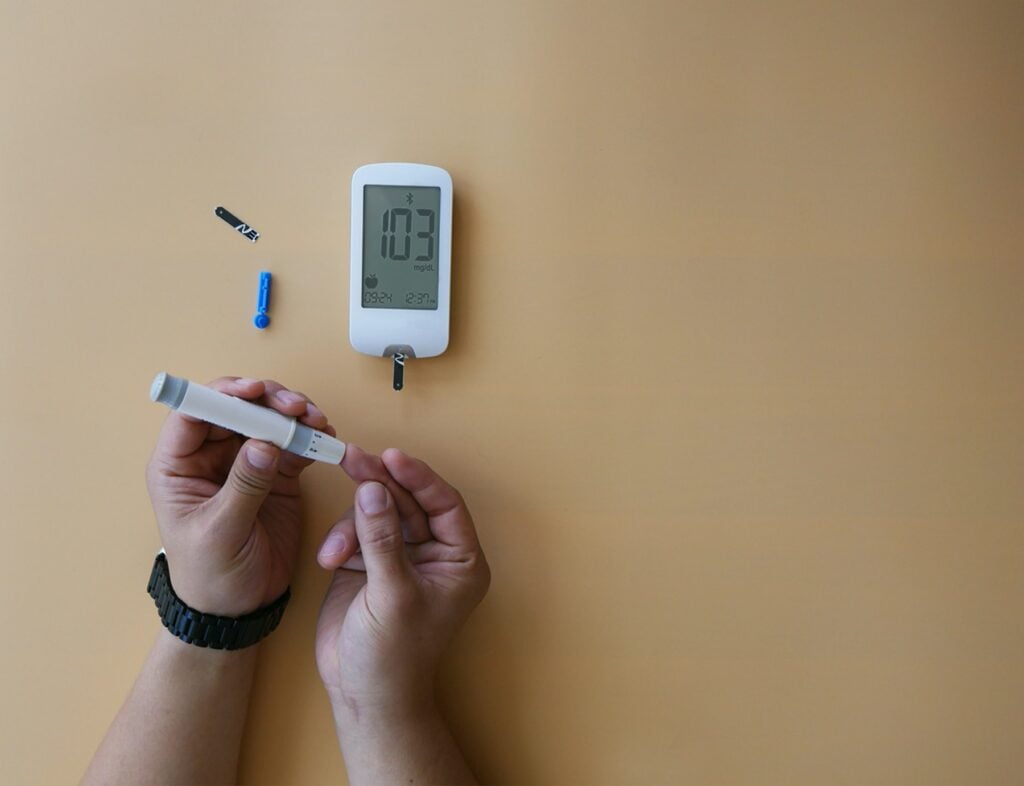![The ‘Giveaway Piggy Back Scam’ In Full Swing [2022]](https://www.cjco.com.au/wp-content/uploads/pexels-nataliya-vaitkevich-7172791-1-scaled-2-683x1024.jpg)

Revolutionizing Quantum Entanglement Measurement: The Pioneering Interplay of Deep Learning and Quantum Physics

As Seen On
Entanglement in a quantum system, a conundrum standing at the heart of the quantum mechanics universe, is no longer a mere theoretical construct. Thanks to the unprecedented synergy of deep learning and quantum physics, this elusive terrain is now being meticulously scrutinized for its vast potential applications across multiple domains, from secure data transfer to high-speed quantum computing.
The crux of this subject grapples with the rather paradoxical nature of quantum entanglement. Entanglement is a curious phenomenon that endows quantum particles with the ability to be interconnected, irrespective of distance or obstacle, essentially implying that the instantaneous measurement of one impacts the state of the other. Suffice to say, accurately measuring the quantum state of these entangled systems posed a significant challenge as such assessments traditionally disrupted the degree of entanglement.
Classically, quantum tomography has been the go-to solution to partially circumvent this issue. It entails creating numerous copies of the quantum state in question, followed by a series of measurements that deduce various properties. Yet, despite its evident utility, this method is noticeably gnawed with drawbacks. Foremost, quantum tomography necessitates massive computational power, rendering it often implausible in practice.
Enter, the exciting world of deep learning and its transformative potential. In a distinctive blend of ingenuity and innovation, a deep learning approach has been adopted to measure entanglement in quantum systems. Deep learning – a subdomain of machine learning involving artificial neural networks with many layers – allows for educated guesses rather than exact measurements. By assimilating a vast array of possibilities, deep learning algorithms can significantly enhance precision and recall values, delivering far more accurate and dependable assessments.
When it comes to the operation of this method, the key idea revolves around quantum correlations. In essence, data is fed through different layers that effectively learn to distinguish the nuanced relationships between quantum states. Utilizing a maximum likelihood algorithm, the output presents the most probable quantum correlations, thereby eliminating the need for a direct and often fallible measurement process.
To testament the theoretical implications of this approach, a sophisticated AI application was established. This application was systematically trained to analyze the degree of entanglement based on numerical data – a groundbreaking feat achieved through the amalgamation of AI and quantum physics.
Testing constituted a comprehensive examination, including simulated tests and real-world applications. Benchmarked against conventional methods, the AI application showcased a notable reduction in the error rate. Such exceptional empirical validation strengthens the credibility of the deep learning approach to measure the degree of entanglement, bringing the research full circle.
The magnitude of these findings reverberates far beyond the confines of academic interest. By improving the measurement process, leaps and bounds are being made in the realm of quantum computing and other industries employing quantum physics. Given the rapid pace of technological advancement, the ties between artificial intelligence and quantum physics are only slated to strengthen, culminating in a quantum leap in scientific progress.
On the path of discovery, these developments bear testament to the commendable strides taken by scientists in unearthing the mysteries of the quantum world. As more research papers and articles continue to delve into this intriguing discipline, the enthralling interplay between AI and quantum physics carries a hopeful promise of further fascinating revelations in the future.
From its inception to the practical utility it now serves, the measurement of quantum entanglement has undeniably come a long way. The riveting adventure has only just begun, and with deep learning at the helm, the limits are, indeed, endless.
Casey Jones
Up until working with Casey, we had only had poor to mediocre experiences outsourcing work to agencies. Casey & the team at CJ&CO are the exception to the rule.
Communication was beyond great, his understanding of our vision was phenomenal, and instead of needing babysitting like the other agencies we worked with, he was not only completely dependable but also gave us sound suggestions on how to get better results, at the risk of us not needing him for the initial job we requested (absolute gem).
This has truly been the first time we worked with someone outside of our business that quickly grasped our vision, and that I could completely forget about and would still deliver above expectations.
I honestly can't wait to work in many more projects together!
Disclaimer
*The information this blog provides is for general informational purposes only and is not intended as financial or professional advice. The information may not reflect current developments and may be changed or updated without notice. Any opinions expressed on this blog are the author’s own and do not necessarily reflect the views of the author’s employer or any other organization. You should not act or rely on any information contained in this blog without first seeking the advice of a professional. No representation or warranty, express or implied, is made as to the accuracy or completeness of the information contained in this blog. The author and affiliated parties assume no liability for any errors or omissions.

